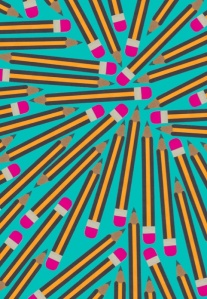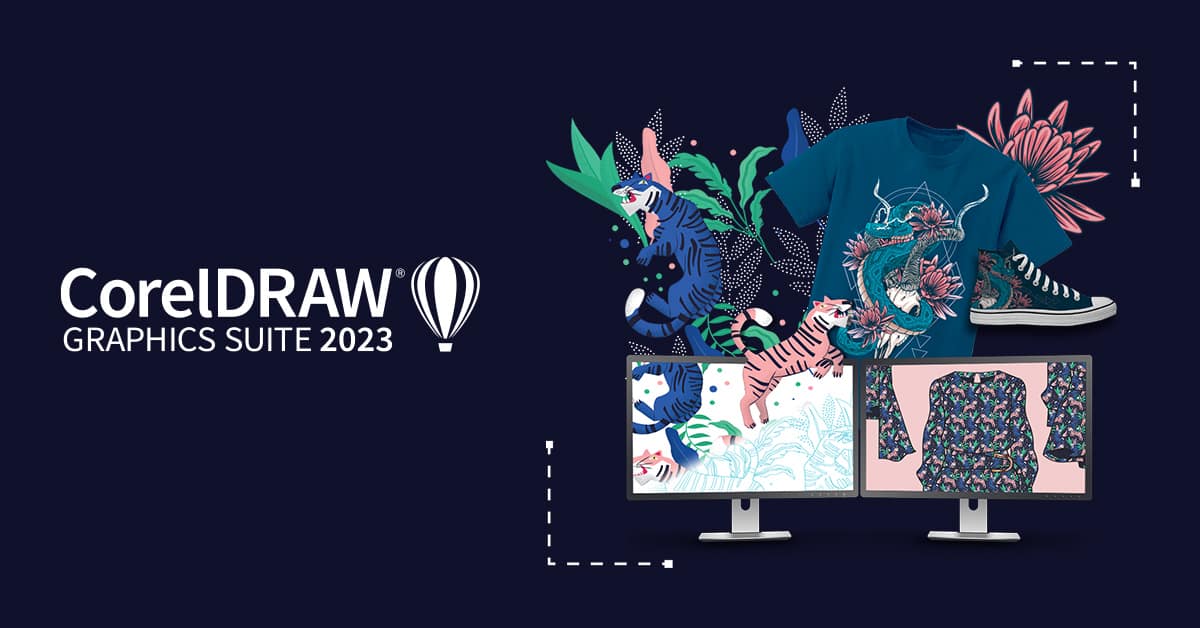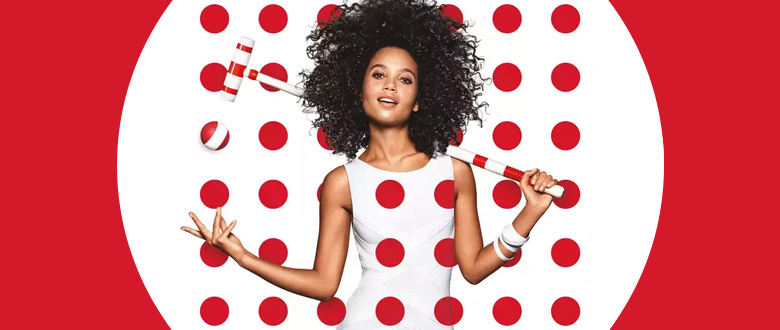Introduction
Design is a powerful tool that allows us to communicate, engage, and captivate audiences. Whether it’s a website, a logo, or a brochure, design plays a crucial role in shaping the perception and experience of a brand or product. To create visually appealing and memorable designs, designers employ a variety of principles, one of which is repetition. In this blog post, we will delve into the concept of repetition as a design principle and explore how it can be used effectively to create harmony and consistency in design.
I. Understanding Repetition in Design
Repetition, as a design principle, involves the intentional use of recurring visual elements throughout a design. These elements can include shapes, colors, patterns, textures, or even typography. By repeating these elements, designers create a sense of unity and cohesion within the design, making it visually appealing and easier to understand.
II. Creating Visual Hierarchy
One of the primary benefits of using repetition in design is the ability to establish a clear visual hierarchy. By repeating certain elements, designers can guide the viewer’s eye through the design and emphasize important information or elements. For example, in a website design, repeating a specific color for call-to-action buttons can draw attention to them and increase their visibility, ultimately driving more user engagement.
III. Enhancing Brand Identity
Repetition can be a powerful tool in reinforcing and enhancing brand identity. Consistently using specific visual elements, such as a logo, colors, or typography, across different design assets helps create brand recognition and strengthens the overall brand image. When users encounter a design that incorporates familiar elements, they are more likely to associate it with the brand, building trust and loyalty over time.
IV. Establishing Visual Rhythm
Repetition also plays a vital role in establishing visual rhythm within a design. Just as musical rhythms create patterns that our ears find pleasing, visual rhythms in design create patterns that our eyes find aesthetically pleasing. By strategically repeating elements, designers can create a sense of movement, balance, and harmony, making the design more visually engaging and memorable.
Conclusion
Design principles repetition is a powerful tool that can elevate the impact and effectiveness of any design. By intentionally repeating visual elements, designers can create harmony, consistency, and unity, making the design visually appealing, easy to navigate, and memorable. Whether it’s establishing a visual hierarchy, enhancing brand identity, or establishing visual rhythm, repetition can be harnessed to create designs that captivate audiences and leave a lasting impression.
We would love to hear your thoughts on design principles repetition. How have you used repetition to create impactful designs? Have you encountered any designs that effectively utilized repetition? Leave a comment below and let’s start a conversation!
Basic Principles of Repetition in Graphic Design
In graphic design, repetition is the act of repeating the same or similar design elements and making them come together as a cohesive whole. This repetition can … – www.graphicszoo.com

Repetition – Principles of Design
Whether it is repeating the font color for all your headings or adding a repetitive background pattern to your design, repetition not only makes a design … – web.tech.uh.edu

Design Principles: Repetition, Pattern, and Rhythm – Designorate
Jun 30, 2016 … Patterns can have multiple meanings and elements in design. Repetition focuses on the same object being repeated; patterns are made up from … – www.designorate.com

Design Principles Repetition
Principles of Design – Getty Principles of Design The principles of design describe the ways that artists use the elements of art in a work of art. Balance is the distribution of the visual weight of objects colors texture and space. If the design was a scale these elements should be balanced to mak – drawspaces.com

Principle of Repetition & Pattern | Visual Communication Design
Apr 16, 2013 … Principle of Repetition The principle of repetition simply means the reusing of the same or similar elements throughout your design. – visscom.wordpress.com

Repetition in Graphic Design: The Complete Guide | CorelDRAW
In graphic design, repetition means simply using the same element over and over again. Often, repetition is a great way to add texture to the piece. Not only … – www.coreldraw.com

Breaking Down the Principles of Design (with Infographic) | Toptal®
These 12 principles, explained in the infographic below, include contrast, balance, emphasis, proportion, hierarchy, repetition, rhythm, pattern, white space, … – www.toptal.com

A Brief Guide to Repetition — A Design Principle – Venngage
Sep 14, 2022 … The repetition design principle refers to the use of similar (or identical) elements throughout a design. By harnessing this principle, you can … – venngage.com

Repetition Principle of Design
Repetition is the reusing of the same or similar elements throughout the design. Now this is not to be mistaken for repetition of visual elements as a pattern. – 254-online.com

Repetition Principle of Design Examples & Use | Repetition in …
Jul 12, 2022 … The principle of design repetition simply means that pictorial elements are completely or partially reused. These can be the same or similar … – study.com

Principles Of Design Artwork
The Ultimate Collection of Principles of Design Examples … Smashing Magazine: Design Principles: Compositional Symmetrical and Asymmetrical Balance; Lifewire: Balance: The Basic Principles of Design; Unity. Unity also known as harmony is a design principle that refers to the cohesiveness of an art – drawspaces.com

Principles Universal Design
Principles Universal Design The 7 Principles | Centre for Excellence in Universal Design The 7 Principles · Principle 1: Equitable Use · Principle 2: Flexibility in Use · Principle 3: Simple and Intuitive Use · Principle 4: Perceptible Information … universaldesign.ie Universal Design: Process Pri – drawspaces.com

What Is Design Principles
What Is Design Principles What are Design Principles? | Interaction Design Foundation (IxDF) Design principles are fundamental pieces of advice for you to make easy-to-use pleasurable designs. You apply them when you select create and organize … www.interaction-design.org Design principles | InVis – drawspaces.com

Principles Of Graphic Design
Principles Of Graphic Design 8 Basic design principles to help you make awesome graphics May 10 2022 … Design principle #1: Focus on alignment. Alignment is one of the most important design principles. It helps ensure a sharp ordered appearance … /a /p !– /wp:paragraph — /div !– /wp:column — – drawspaces.com

Design Principles In Art
Design Principles In Art The Principles of Art and Design May 22 2019 … The principles of art and design are balance contrast emphasis movement pattern rhythm and unity/variety. The use of these principles can … www.thoughtco.com Performing Arts in ART The principles of design describe the ways – drawspaces.com

Design Principles Proportion
Design Principles Proportion Discovering the Principles of Design: Rhythm Proportion Emphasis … Discovering the Principles of Design: Rhythm Proportion . Emphasis Balance Pattern Repetition Variety Unity. 4-H Line and Design Project. 4h.tennessee.edu Proportion Principle of design – ux360.design D – drawspaces.com
